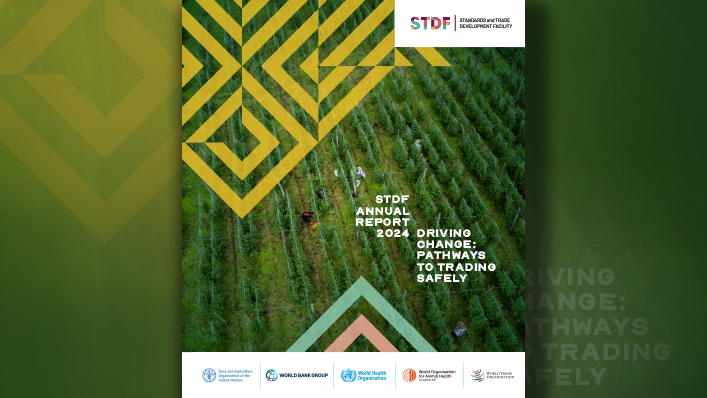
The Centre, on March 28, 2025, reviewed the interest rates on various small savings instruments, which are linked to secondary market yields on G-Secs of comparable maturities and kept it unchanged for Q1FY26
Higher small savings rates can be a potential source of concern for bank deposit growth in a rate easing cycle when deposit rates are expected to come down, cautioned Reserve Bank of India (RBI) staffers.
The Government of India, on March 28, 2025, reviewed the interest rates on various small savings instruments, which are linked to secondary market yields on Government Securities (G-Secs) of comparable maturities and kept it unchanged for Q1FY26.
As a result, the rates on most of the instruments are now above the formula-based rates in the range 16-66 basis points (bps), said RBI staffers in the “State of the Economy” article in the bulletin. One basis point equals one-hundredth of a percentage point.
Average G-Sec yield
For example, during the December 2024 to February 2025 period, the average G-Sec yield of 5 years tenor was 6.62 per cent. The formula based interest rate applicable for Q1FY26 for a five-year small savings deposit, which is one of the small savings instruments, is 6.87 per cent (which is at a spread of 25 bps over the average yield of G-Sec of corresponding maturity). But the government has announced rate for this deposit is 7.50 per cent.
Further, the formula based interest rate applicable for Q1FY26 for the five-year senior citizens saving scheme is 7.62 per cent (which is at a spread of 100 bps over the average yield of G-Sec of corresponding maturity). But the government announced rate for this deposit is 8.20 per cent.
So, banks efforts to transmit the cumulative 50 basis points cut in repo rate since February 2025 into term deposit (TD) rates could face serious hurdles. If they cut the TD rates at a time when deposit growth is lagging credit growth, savers could step up deployments in small savings schemes.
As on April 4, 2025, scheduled commercial banks (SCBs) deposit growth decelerated to 10.4 per cent from 13.3 per cent a year ago. Non-food bank credit of SCBs increased at a decelerated pace of 12.0 per cent (y-o-y) as on March 21, 2025, compared to 16.3 per cent a year ago
Published on April 22, 2025









